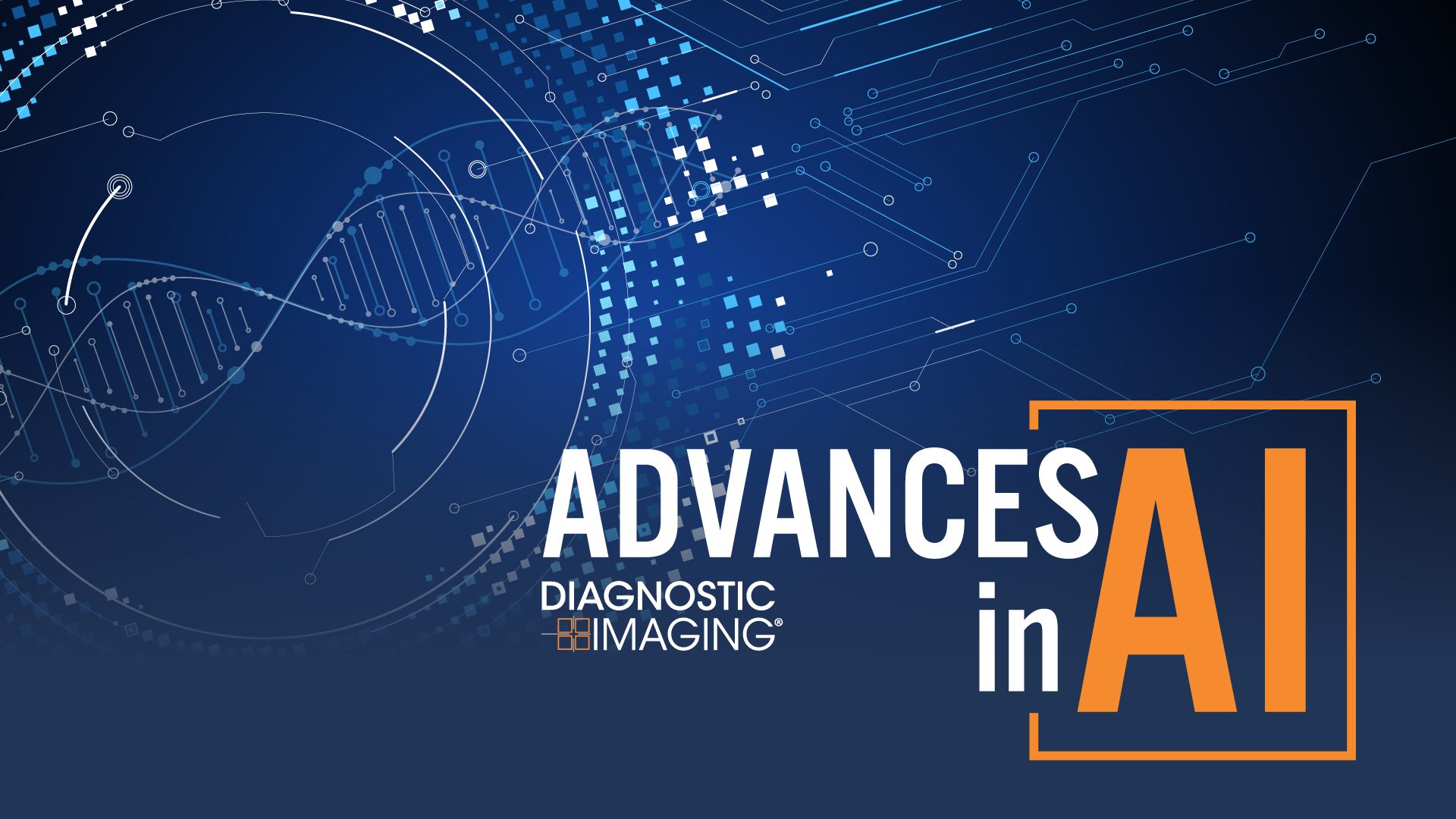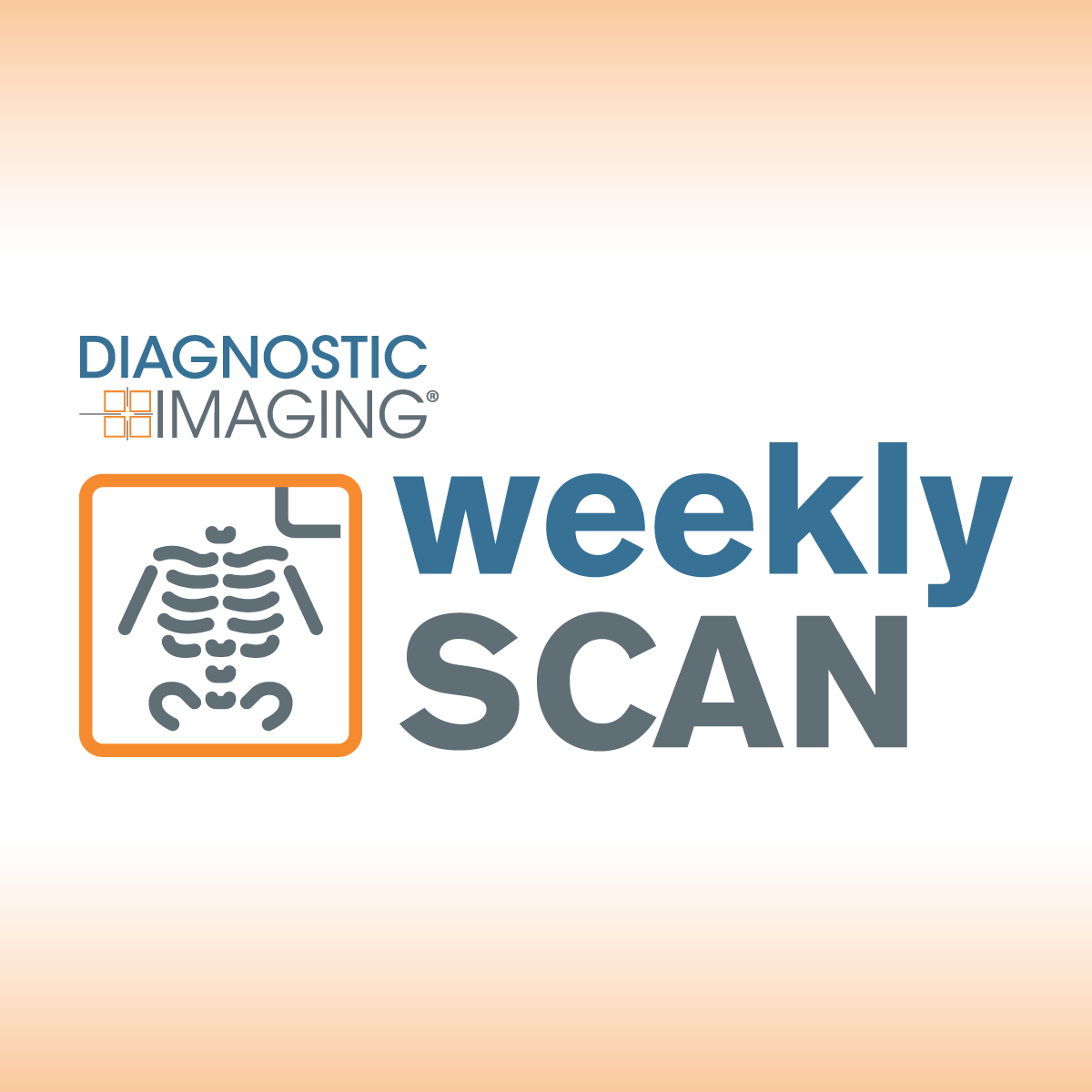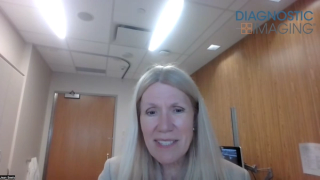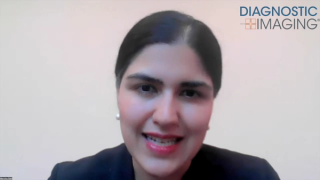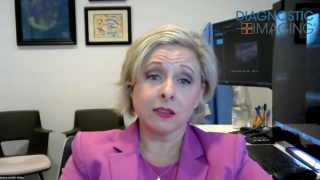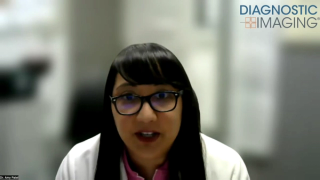
Mammography
Latest News
Latest Videos

More News
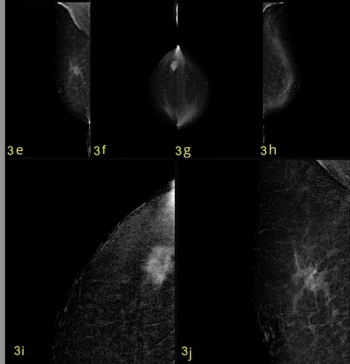
New research showed a 96 to 97 percent sensitivity for contrast-enhanced mammography (CEM) with an increased iodine delivery rate facilitating robust contrast enhancement for women with aggressive breast cancer.


Through AI recognition of subtle patterns in breast tissue on screening mammograms, the Clairity Breast software reportedly provides validated risk scoring for predicting one’s five-year risk of breast cancer.
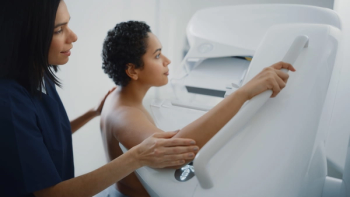
High allostatic load, which has been linked to an increased incidence of breast cancer and all-cause mortality, is more than twice as likely to occur in Black and Hispanic women in comparison to White women, according to mammography research presented at the American Society of Clinical Oncology (ASCO) conference.

Catch up on the top radiology content of the past week.
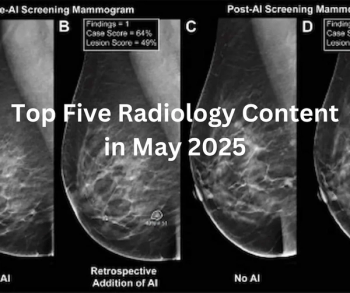
Catch up on the most-well viewed radiology content in May 2025.

Catch up on the top AI-related news and research in radiology over the past month.

Catch up on the top radiology content of the past week.

For women with dense breasts and negative mammograms, contrast-enhanced mammography and abbreviated MRI provided respective cancer detection rates of 19.2 per 1000 exams and 17.4 per 1000 exams, according to new research.

In a study involving over 12,000 Asian women, researchers found that an artificial intelligence (AI) model converted over 83 percent of false positives in patients with initial BI-RADS 3 and 4 assessments into benign BI-RADS categories.

Catch up on the top radiology content of the past week.

Emerging research suggests that radiomic breast texture features extracted from full-field digital mammography may bolster prognostic assessments of invasive breast cancer risk beyond traditional risk factors.
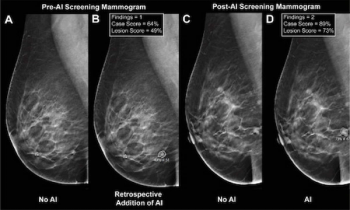
The use of AI software for digital breast tomosynthesis (DBT) facilitated a higher cancer detection rate and over double the PPV for exams with abnormal interpretation, according to a newly published study.

Catch up on the top radiology content of the past week.

For DBT breast cancer screening, 47 percent of radiologist-only flagged false positives involved mass presentations whereas 40 percent of AI-only flagged false positive cases involved benign calcifications, according to research presented at the recent American Roentgen Ray Society (ARRS) conference.

Catch up on the top radiology content of the past week.

In comparison to minimal or mild background parenchymal enhancement on contrast-enhanced mammography (CEM), researchers found that moderate or marked BPE was associated with a 12 percent lower AUC for breast cancer detection.

Catch up on the most well-viewed video interviews from Diagnostic Imaging in April 2025.

Catch up on the top radiology content of the past week.

Catch up on the top radiology content of the past week.
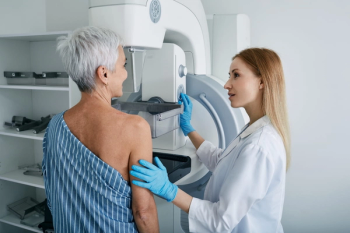
Seniors who had at least one prior screening mammography exam in the five years prior to breast cancer diagnosis were over a third less likely to die from breast cancer, according to new research.
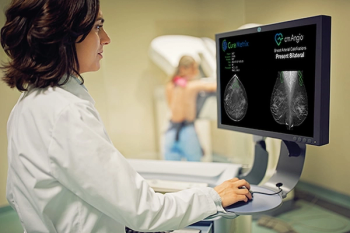
The additional FDA 510(k) clearance for the AI-powered cmAngio platform covers use of the software for GE HealthCare mammography systems.

Catch up on the top radiology content of the past week.

A systematic review of 147 clinical trials assessing neoadjuvant systemic therapy for breast cancer also revealed that mid-treatment imaging was utilized in 56 percent of the studies.
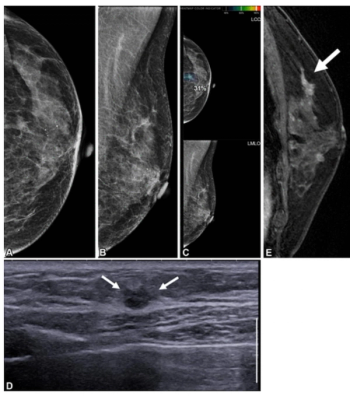
While standalone AI interpretation offered over 10 percent higher sensitivity than radiologists for patients undergoing post-mastectomy surveillance mammography, it missed over 30 percent of breast cancers.

